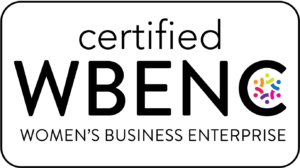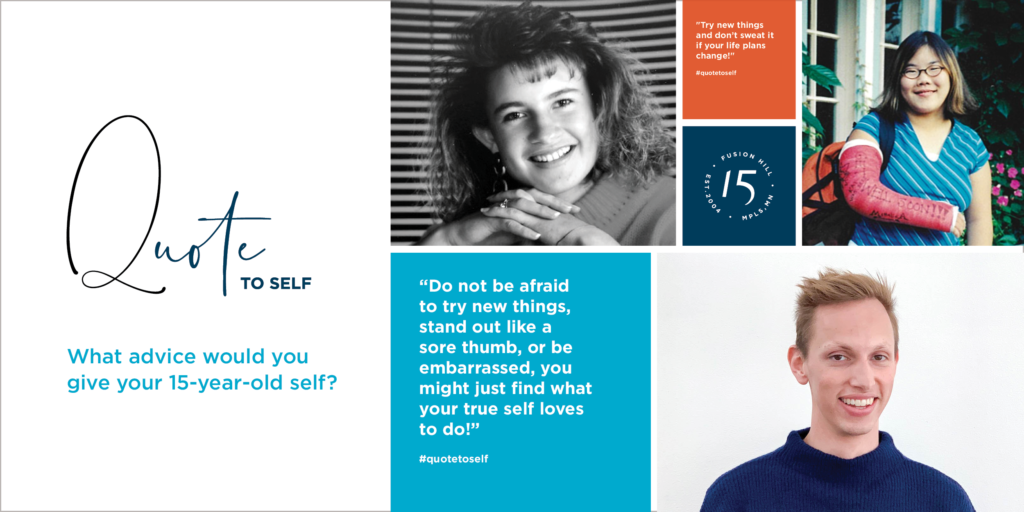
Imagine yourself at age 15. Where were you living? What fashion mistakes were you embracing? What goals did you want to achieve in your lifetime? These questions have been on our minds as we reflect on our own 15 years of insight and imagination at Fusion Hill. And in honor of our anniversary, we’re launching our Quote-to-Self project. The goal is to hear how people answer this one question:
What advice would you give to your 15-year-old self?
What would you say to younger you? We hope you’ll participate by filling out this form. Bonus points if you ask your friends, family and coworkers to complete it too!
As we travel the country – and the world – in 2019, we’ll ask the same question of our research participants we meet in the field. It’s all part of our drive to discover what similarities connect people and what traits make them unique.
We’ll share responses and insights throughout the year on our Quote to Self Instagram account. Be sure to follow us to see the project grow!
February 19, 2019 | Creative, Culture, Quote to Self Project, Research
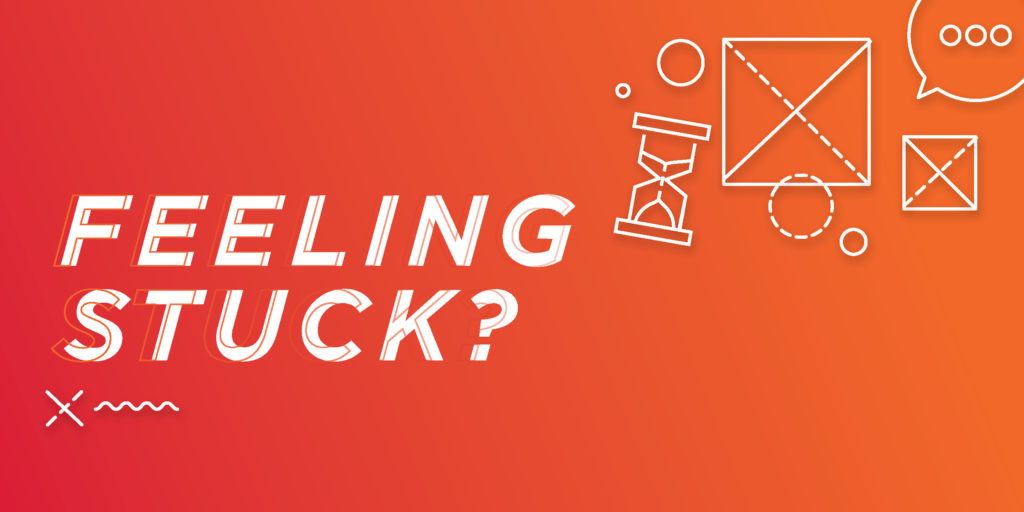
You’ve probably heard the term “writer’s block.” Well, we can assure you that that feeling of getting stuck isn’t limited to those of us tossing around nouns and verbs all day. From our researchers and strategists to our accounting team and designers, we’ve all found ourselves staring at a blank sheet of paper or flashing cursor. So what’s the solution?
Inspired by our new Insight on Rapid Prototyping, we asked our fellow Fusion Hill-ers what they do to get unstuck. Here’s some of what we heard:
Change locations – By far our most popular solution, going to a coffee shop, outside, home or even another part of the building for five minutes, gives us the reset we need. Emily Sauer – a director of creative and strategy – notes, “The newness of my surroundings helps ‘restart’ the way I was thinking about the problem I was trying to solve.”
Pick up some inspiration – Reading a favorite magazine, scrolling through Pinterest or walking around a museum – an idea from senior designer Sara Rubinett – can provide just the inspiration we need. Designer Erin Stahel refers to this as “switching out of creating mode and going into ‘soaking’ mode.” Sarah Nelson, a strategy intern, shared the idea of an inspiration walk.
Make a list – Adding more things to your to-do list might seem like the last thing you want when you’re feeling stuck, but Danielle Bender – a senior research strategist – finds it’s exactly what her brain needs. “I start a list of the other stuff I need to do and try to get a few of those things done and actually feel productive. Then I can come back feeling fresh and accomplished and maybe even have some ideas from my time away.”
Make some noise – Listening to music, a podcast or the Headspace meditation app are all great ways our team resets. Jessica Helvey – a director of creative and strategy – says, “I listen to my favorite ‘magic’ song that fixes everything and makes me super creative!” Just what is that favorite song? We’re curious too.
In our quest for ways to get unstuck, we heard praise for funny memes, hot showers and even roller-coaster rides at the Mall of America. But one thing was clear: While it can be tough to take a break when we’re facing a deadline, stepping away for a bit makes us a whole lot more productive and creative in the long run.
What are your favorite ways to reboot?
We’d love to continue the conversation. Visit our Insight Library to download the full report.
July 5, 2018 | Creative
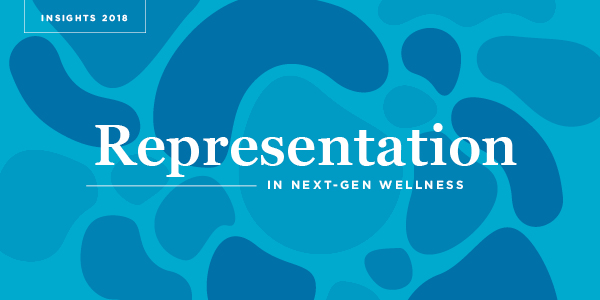
The importance of representation in marketing
Think about the last time you flipped through a magazine, saw an ad for a gym or visited your favorite retailer’s website. Did you see anyone who looked like you? And did you see various races, genders, ages, religions and even disease states represented as well? If you answered yes to the second question, the brands you’re engaging with deserve a high five for their representation efforts.
The concept of representation refers to speaking or acting on behalf of someone – typically those who don’t have a voice, vote or means for being seen by those making decisions that impact them. And when it comes to marketing, the imagery we choose is an important first step.
Little choice, big applause
Slack – a project management and communication platform – recently made a seemingly little decision that got a great deal of positive attention: It chose a dark-brown-hand illustration for its “Add to Slack” button. Kaya Thomas summed up why it matters in a tweet: “It may seem like a small thing but when you see graphics over and over excluding your skin color, it matters.”1
Emojis continue to evolve
A few years ago, emojis moved from the standard yellow to including different skin tone options, and later additions included variations such as red hair. In a review of 1 billion tweets, researchers at the University of Edinburgh found that use of skin tones has been largely positive. Dr. Walid Madgy noted, “The introduction of skin tone choices for emojis has been a success in representing diversity and their extensive use shows that they meet a real demand from users.”2 Recently Apple submitted a proposal for 13 new emojis that would represent people with disabilities. The new designs include a prosthetic arm and leg, hearing aids, people using sign language, and a wheelchair.3
Marketing takes note
Cannes Lions – a major festival and awards for the creative and marketing communications, entertainment, design and tech industries – took on the topic of representation by announcing the Glass Lion: The Lion for Change award, which recognizes work that challenges gender bias and stereotypical images in marketing. The award was launched with the support of Sheryl Sandberg’s Lean In organization,4 and in 2017 the “Fearless Girl” statue installed on Wall Street received the top accolade.5
So how can we be mindful of representation in our own work? In our latest Insight, we explore how next-gen is leading the way with a look at apps, social media and mental health companies. Check it out and, as always, contact us anytime. We’d love to continue the conversation.
- https://www.fastcompany.com/3052541/why-i-used-a-brown-hand-for-the-add-to-slack-button
- https://www.ed.ac.uk/news/2018/emoji-skin-tones-promote-diversity-on-twitter
- https://www.theverge.com/2018/4/3/17193020/apple-emojis-disability-representation-media-carrie-wade-interview
- https://lbbonline.com/news/cannes-lions-announces-new-glass-lion-award/
- https://www.fastcompany.com/40432883/fearless-girl-wins-glass-lion-grand-prix-at-cannes-lions-festival
June 11, 2018 | Creative
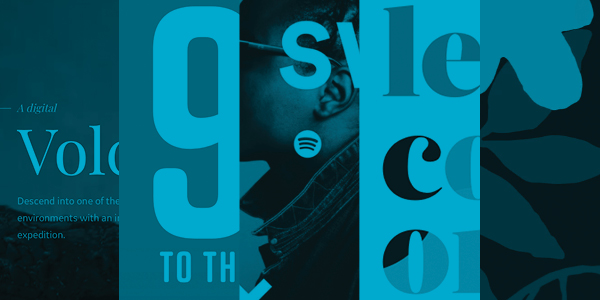
While others might be wondering what clothing styles will be hot this year, our creative team has its sights on design trends. As always, we’re keeping on top of color, typography, patterns, photography and illustration styles – and figuring out that fine line between short-term fads and impactful trends. Here’s what we’ve seen stand out so far for the year ahead.
SYSTEM
In 2018, we see the return of a trend called Memphis Design, which celebrates loud colors and patterns reminiscent of those in the 1980s and ’90s, dynamic type and breaking the grid. Co-existing with this trend, we see the continuation of confident and, at times, clashing color palettes as well as the use of duotones and gradients. Sturdy serif and extra-bold extended sans fonts have returned in both web and print design. Keep your eyes on brands like eBay, Spotify and Dropbox, and you’ll see these trends in action.
Potential uses (color):
- Daring color palettes to garner attention and stand out from competitors
- Gradient overlays or duotone photography treatments for hero images
- Vibrant background color floods to keep viewers visually engaged
Potential uses (type):
- Oversized headlines or key words to grab viewers’ attention
- Multi-layered type hierarchy with special attention given to supporting text
- Intermixing serif and sans serif typefaces for dynamic structure
Potential uses (grid):
- Integration of uneven and asymmetric column widths
- Unbalanced placement of visuals for visual push and pull
- Increased white space to emphasize unbalanced grid
VISUALS
Authentic photography is here to stay as cheesy stock photos continue to be shunned by society. We’ve seen a surge in the use of custom illustrations often interacting with photos or type to create dynamic and unique layouts. We’ve also seen designers continue to embrace and push the “destroyed” look and the art of creating through chaos. 2018 is the year of “more is more” as layered, split and glitch-y looks continue to reign.
Potential uses:
- Reflect changing environments with diverse and captivating visuals
- Add a hint of playfulness with illustration
- Utilize original photography to capture key demographics
UNEXPECTED DELIGHT
Storytelling will continue to be a strong trend in 2018. The evolution of the GIF, micro-interactions and animations continues to delight audiences while enriching a brand’s story. Custom hero videos on websites draw attention, and responsive sites and images carve out the trailblazers.
Potential uses:
- Enrich simple content with energetic, interactive visuals
- Craft an experience that fosters engagement by charming the viewer with surprising design elements
- Embrace whimsy through playful interactive sequences
Let’s keep the conversation going.
Connect with Fusion Hill to explore how the latest design trends could freshen up your brand. And in the meantime, visit our Insights Library.
February 13, 2018 | Creative
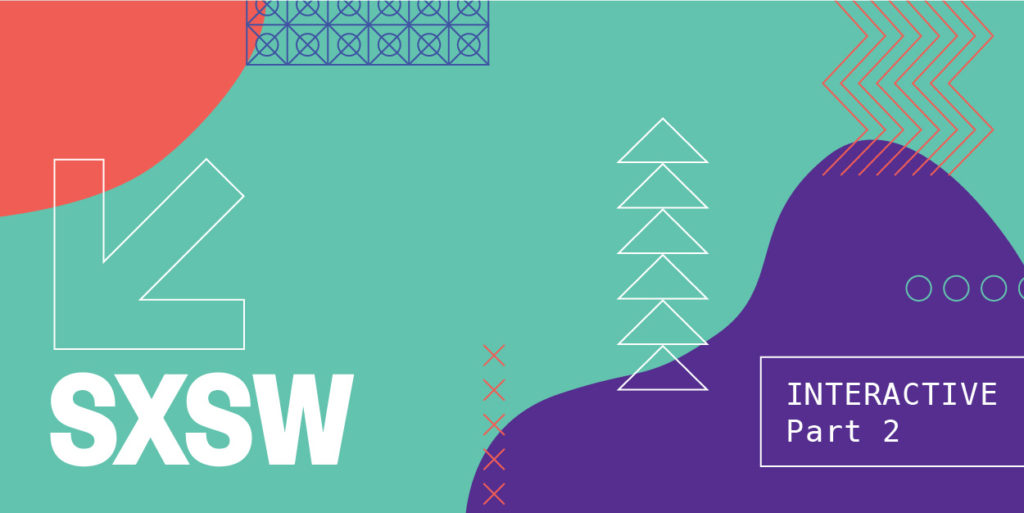
What do Kona Brewing, Avon and Vogue have in common? The answer: representation at this year’s South by Southwest Interactive (SXSW), which our creative team attended in March. With session titles such as Origin-Based Marketing, Diversity Now, Courageous Creativity and Tech’s Lessons for Healthcare, SXSW truly offers an array of topics that reveal the intersection of creativity and technology.
The streets of Austin were transformed into a visual playground for two weeks, and we found everything from National Geographic taking over a bar with virtual reality displays, to Casper – the online-only mattress company – setting up a sleep trailer for 10-minute nap sessions.
Several trends emerged:
Advertising for Good
We’re seeing this trend appear more and more in advertising. Companies are not simply promoting their products but also promoting a way of life and a point of view – be it social justice or politics. From GE’s Mildred Dresselhaus-focused campaign committing to hire 20,000 women by 2020 in the tech industry, to Heineken’s recent campaign about appreciating and respecting our differences, this trend was clearly present at SXSW.
Four powerhouse speakers traveled all the way from Brazil to share Avon’s new campaign for BB Cream, featuring a diverse group of individuals including male, LGBT and plus-sized models. While promoting the face cream, the speakers – who included marketers, Avon employees and a Brazilian YouTube star – emphasized their motivation: to “make change.”
Data Visualization and Storytelling
Many speakers also focused on data visualization: turning raw data into interesting visuals. One particularly effective talk, Persuasive Presentations, led by Harvard Business Review authors Nancy Duarte and Scott Berinato, broke down the essentials into context (who), content (why), construct (how) and connect (lasting impressions). Duarte charted famous speeches through time, from Martin Luther King Jr. to Barack Obama, to determine patterns of speaking. This approach, when paired with visuals that increasingly build on one another to form a story, helps retain interest and leaves the audience engaged.
Amy Balliett of Killer Infographics shared a highly effective visual campaign done in partnership with We Count Seattle – a donation exchange website created for the homeless population – based on research showing that first impressions are 94% based on design.
“Visual IQ is on the rise,” Balliett said. “Today’s consumers are pickier than ever, and people want to see a myriad of visual content before making a decision.” By leveraging strategic ad placement across free papers, billboards and buses – along with short-form content (which 95% of people prefer) focused on real stories and real faces – the campaign received 800 registered website users in the first 90 days. Over 350 items were exchanged on the platform.
Health Care and Technology
It’s a dynamic time for the health care and technology industries, and that message was clear at SXSW. Both industries are experiencing new and always-changing regulations as well as strong motivation to constantly improve upon themselves, become more affordable and become more available to the masses.
Featuring leaders from HomeAway, RideAustin and the newly created Dell Medical School, one panel discussed how we could apply insights and successes from the tech world to attack health care challenges. According to the panel, the Affordable Care Act (ACA, or “Obamacare”) is the first major policy change in the last 60 years that allows the patient more choice than ever before and is at the center of this discussion. There are ways that health care and technology are integrated already, such as Yelp reviews driving patient referrals or the gamification of wellness via smartwatches and activity trackers (e.g., Fitbit). But further opportunities lie in the spaces of virtual reality or improved transportation and infrastructure.
Dr. Tom Caven discussed new research using virtual reality as distraction therapy to help with phobias and anxieties as well as for pain amelioration. “We’re not trying to take the place of opiate medication but see if people can get by on a few less pills a day,” he said.
Similarly, the panel discussed how applying ride sharing and a Meals-on-Wheels approach to health care could enable those who are without transportation to make their preventive care appointments and pick up their prescriptions – both actions that might prevent unnecessary hospitalizations. According to the panel, we are at the absolute beginning of health care’s maturation, and more cross-industry innovation will evolve.
May 11, 2017 | Creative, Culture







